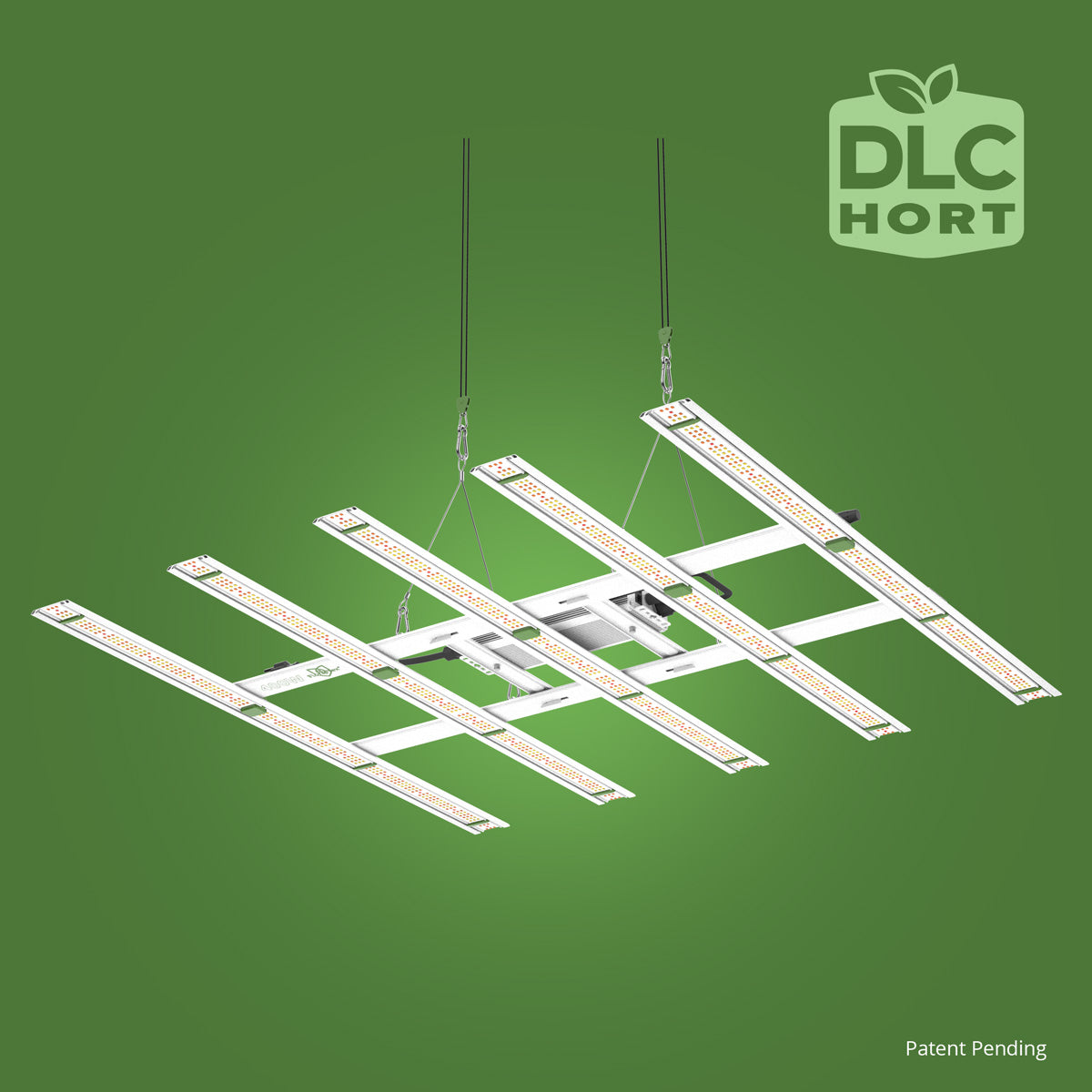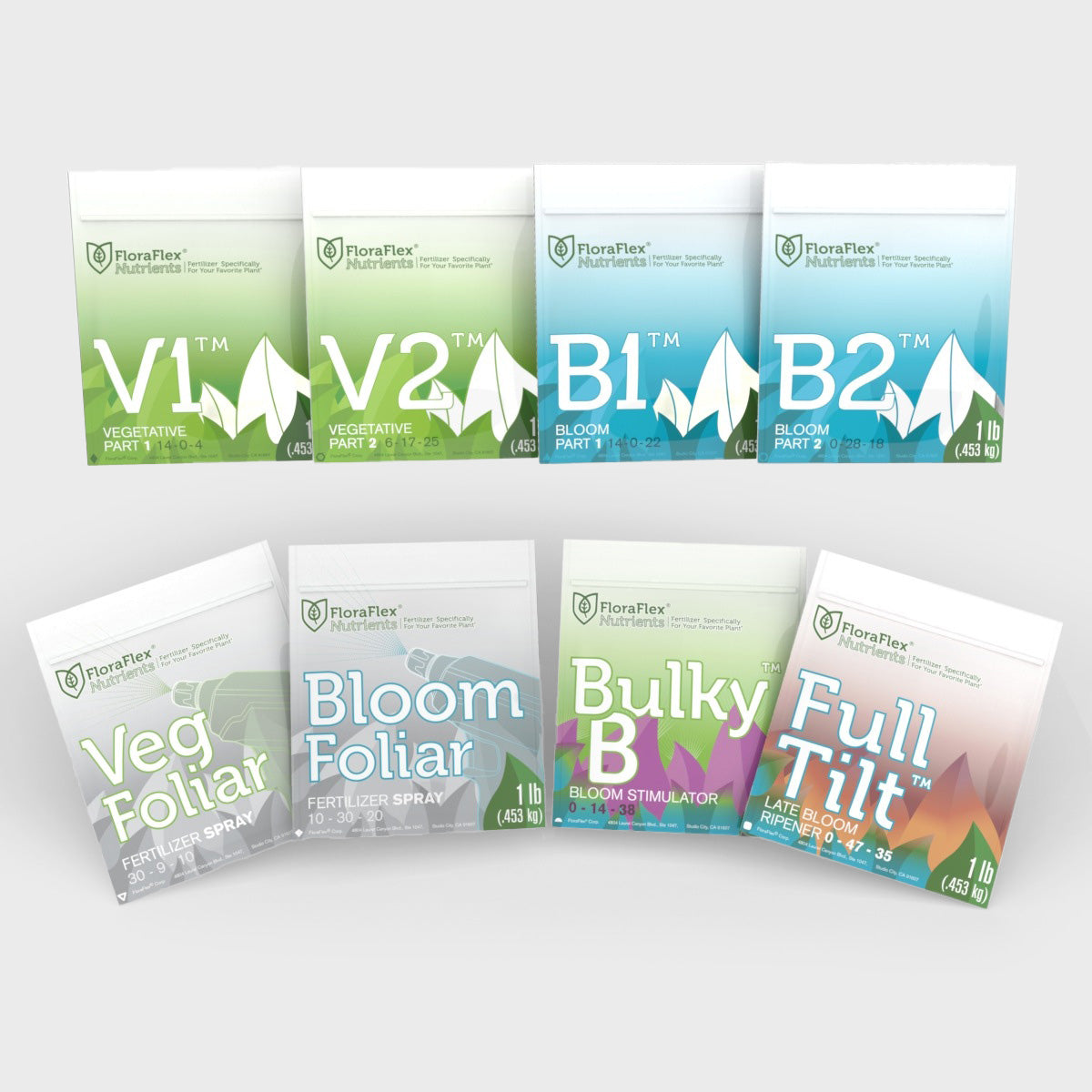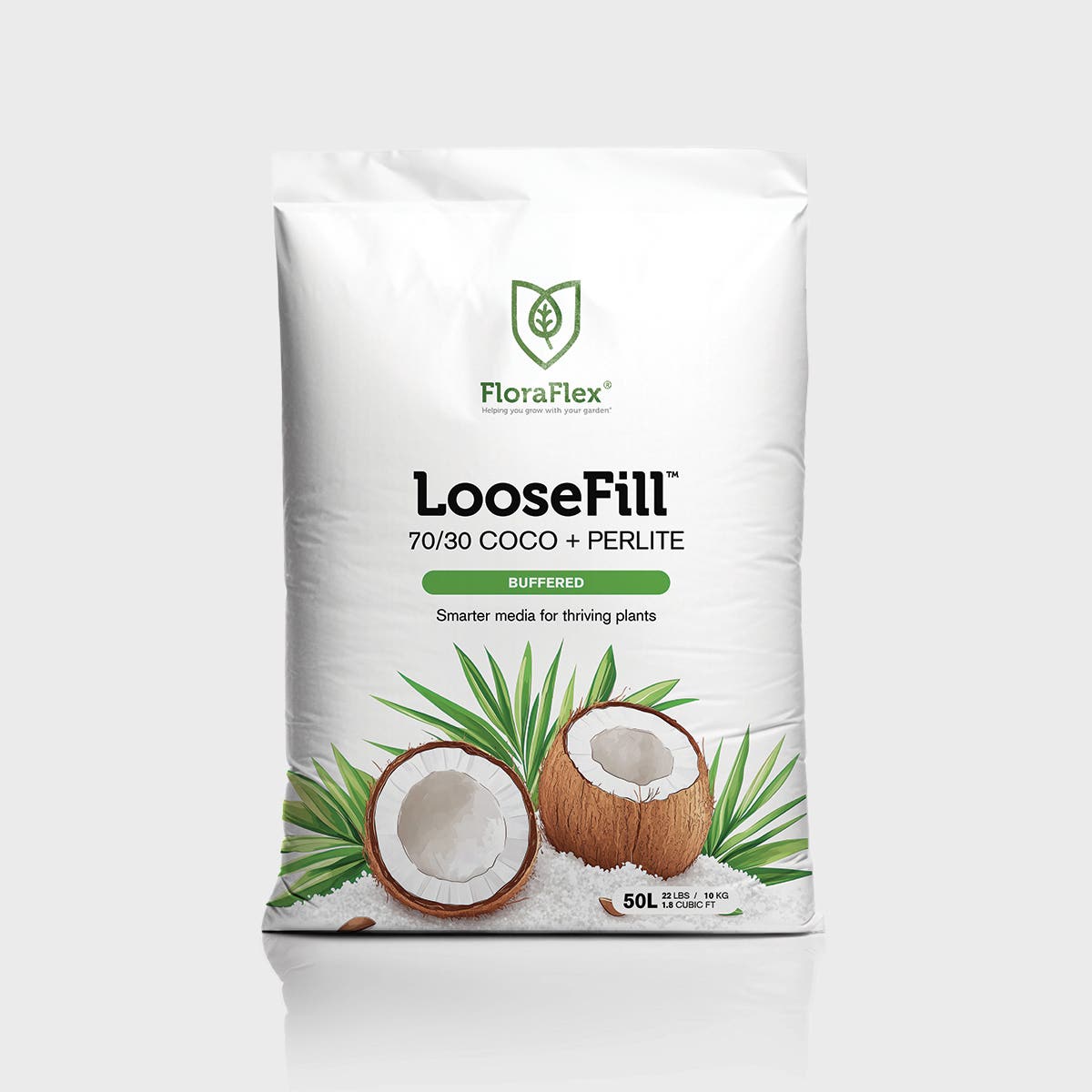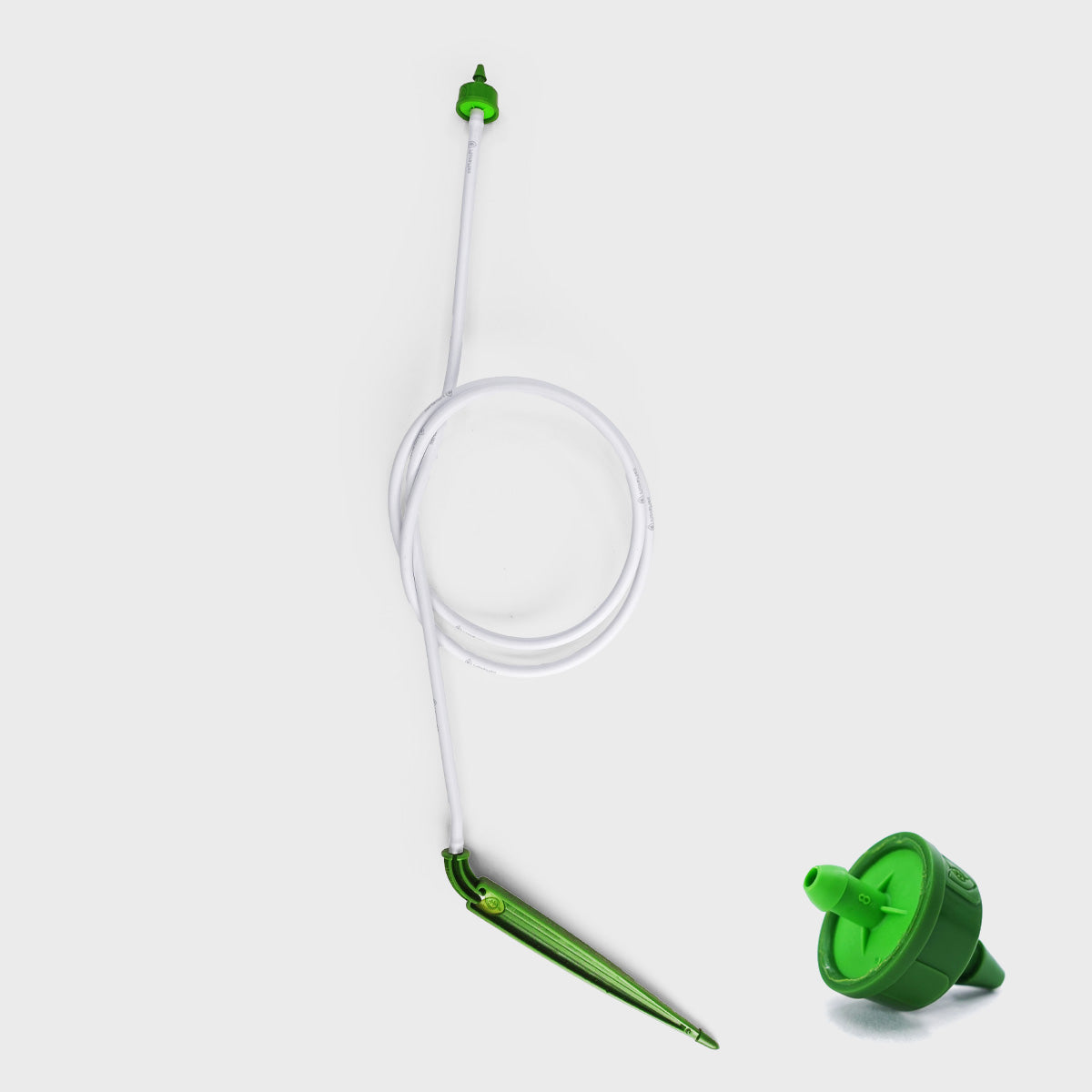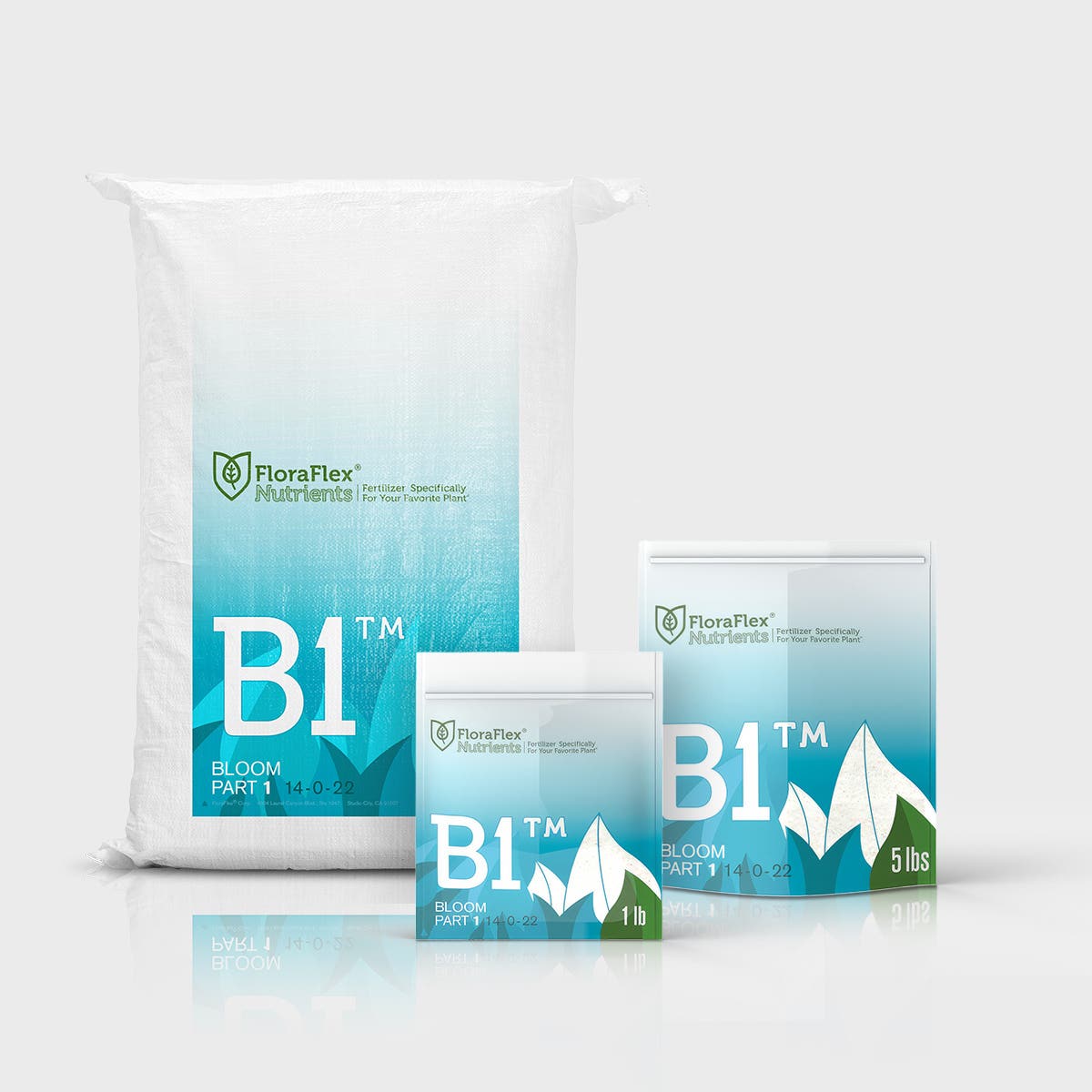Plant misting systems are innovative tools used in horticulture to enhance plant health and create optimal growing conditions. This paper reviews the benefits, mechanisms, and applications of plant misting systems. It explores how these systems can improve humidity levels, regulate temperature, and promote plant growth. Additionally, considerations for plant selection, timing, water quality, and maintenance are discussed to ensure successful implementation. By understanding the science behind plant misting systems and their practical applications, gardeners and horticulturists can effectively utilize this technology to optimize plant cultivation.
Plants require specific environmental conditions for optimal growth, including appropriate humidity levels. Plant misting systems provide a controlled and efficient way to increase humidity in growing environments, offering numerous benefits for plant health and growth. This paper aims to provide an in-depth analysis of plant misting systems, examining their benefits, mechanisms of operation, and various applications in horticulture.
Benefits of Plant Misting Systems: Plant misting systems offer several advantages, including increased humidity, enhanced plant health, optimal growing conditions, and temperature regulation. By providing a fine mist or spray, these systems improve moisture levels around plants, preventing leaf desiccation and promoting healthy growth. The microclimate created by misting systems mimics natural habitats, allowing for successful cultivation in arid climates or controlled indoor environments.
Mechanisms of Plant Misting Systems: Plant misting systems work by releasing a fine mist or spray of water particles into the air surrounding plants. This process increases humidity levels by introducing moisture that is readily absorbed by plant leaves and surrounding surfaces. The evaporative cooling effect of misting can also help regulate temperature, preventing heat stress and creating a more favorable growing environment.
Applications of Plant Misting Systems: Plant misting systems have a wide range of applications in horticulture. They are particularly beneficial for tropical plants, orchids, ferns, and other species that thrive in high humidity. Misting systems find applications in greenhouses, indoor gardens, conservatories, and public spaces where maintaining proper moisture levels is crucial for plant health and aesthetic appeal.
Considerations for Successful Implementation: Several factors should be considered when implementing a plant misting system. These include plant selection, timing and frequency of misting, water quality, and system maintenance. Proper plant selection ensures that misting benefits the targeted species while avoiding unnecessary moisture exposure for plants adapted to drier conditions. Timely misting during appropriate periods, such as mornings or evenings, prevents prolonged wetness and reduces the risk of fungal diseases. Using clean, filtered water is essential to prevent mineral deposits and clogging in the misting system. Regular maintenance, including cleaning of nozzles and sprayers, ensures optimal system performance.
Plant misting systems play a vital role in maintaining appropriate humidity levels and creating optimal growing conditions for various plant species. By increasing humidity, regulating temperature, and promoting plant health, these systems contribute to successful cultivation in diverse environments. Understanding the benefits, mechanisms, and considerations of plant misting systems empowers gardeners and horticulturists to implement this technology effectively, resulting in thriving plants and visually stunning gardens.

